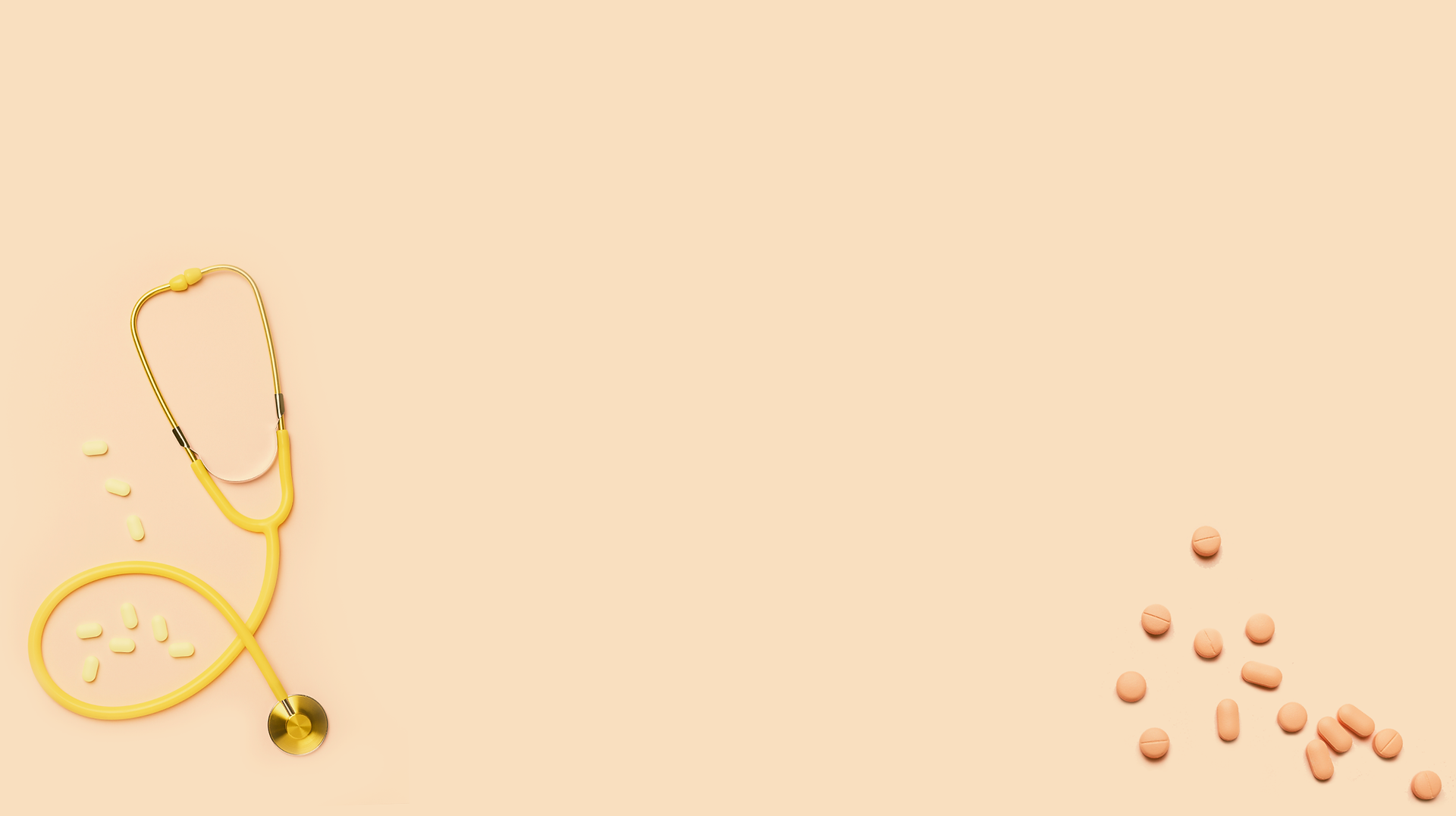How to Treat Ingrown Hairs: Dermatologist Tips
- Dynamic Clinic
- Nov 7, 2024
- 5 min read
Ingrown hairs are a common yet frustrating skin issue that can cause discomfort, irritation, and sometimes even infection if not managed properly. When hairs curl back into the skin instead of growing outwards, they become trapped, leading to small, raised bumps that can be red, inflamed, or even filled with pus. For many, ingrown hairs are a recurring problem that appears after shaving, waxing, or tweezing. Fortunately, Best Dermatologist in Dubai have developed several effective methods to treat and prevent ingrown hairs, making it easier to enjoy smooth, bump-free skin.
If you're experiencing persistent issues with ingrown hairs, it's essential to understand the right steps to address and prevent them. From proper skincare routines to selecting the best hair removal methods, here’s a comprehensive guide to treating ingrown hairs with dermatologist-approved advice.

Understanding Ingrown Hairs: Causes and Symptoms
An ingrown hair forms when a hair grows back into the skin instead of breaking through to the surface. This often happens after hair removal, as shaving, waxing, or tweezing can create sharp hair tips that more easily penetrate the skin. Ingrown hairs are particularly common in areas with coarse or curly hair, such as the beard area, legs, armpits, and bikini line.
The most common symptoms of ingrown hairs include:
Small, raised red or dark bumps
Pain, itching, or tenderness around the affected area
Pus-filled bumps that resemble pimples
Hyperpigmentation or scarring in some cases
Understanding what causes ingrown hairs can help in selecting the right approach to treating and preventing them effectively.
Step 1: Gently Exfoliate the Skin
Exfoliation is one of the best ways to treat and prevent ingrown hairs. By removing dead skin cells, exfoliation allows trapped hairs to escape and discourages future ingrown hairs from forming. Use a gentle exfoliator, either a physical scrub or a chemical exfoliant containing alpha hydroxy acids (AHAs) or beta hydroxy acids (BHAs), depending on your skin type.
Physical Exfoliation: A mild scrub can help slough off dead skin cells that might be trapping hairs. Use it gently, as harsh scrubbing can irritate the skin and make ingrown hairs worse.
Chemical Exfoliation: AHAs like glycolic acid and BHAs like salicylic acid are excellent for exfoliating the skin without the risk of irritation that physical exfoliators might cause. They work by dissolving the bonds between dead skin cells, revealing smoother skin underneath.
Consistency is key—exfoliating one to three times a week can keep your skin clear and free of debris that may trap hairs.
Step 2: Use a Soothing Cleanser
Cleanliness is vital in treating and preventing ingrown hairs. Use a gentle, non-comedogenic cleanser that won’t clog pores. Look for a formula with calming ingredients like aloe vera or chamomile to soothe any inflammation. Maintaining a clean skin surface reduces the chances of infection and prepares the skin for other treatments.
Step 3: Apply a Warm Compress
Applying a warm compress can soften the skin and open up pores, making it easier for the ingrown hair to emerge on its own. To do this:
Soak a clean cloth in warm water, wring out the excess, and press it gently against the affected area.
Leave the compress on for a few minutes to soften the skin.
Repeat several times a day until the ingrown hair becomes visible or naturally emerges from the skin.
A warm compress can help reduce inflammation and alleviate any pain associated with the ingrown hair.
Step 4: Avoid Picking or Tweezing
As tempting as it may be to pick at or tweeze an ingrown hair, this can lead to scarring and make the problem worse. Picking or digging into the skin can push the hair further down, increasing the risk of infection. Instead, let the ingrown hair work itself out naturally or seek guidance on safe extraction techniques from a professional.
Step 5: Consider Using Topical Treatments
There are several topical treatments available that can help treat and prevent ingrown hairs:
Salicylic Acid: Known for its ability to penetrate and clear clogged pores, salicylic acid can help prevent ingrown hairs by keeping the skin exfoliated and clean.
Glycolic Acid: This AHA gently exfoliates the skin’s surface, reducing dead skin cell buildup that can trap hairs.
Retinoids: Over-the-counter or prescription-strength retinoids can also help in preventing ingrown hairs by promoting faster cell turnover. However, retinoids can be drying, so use them with caution, particularly if you have sensitive skin.
These ingredients can reduce inflammation, soothe the skin, and clear clogged pores, which are often a significant factor in the development of ingrown hairs.
Step 6: Opt for the Right Hair Removal Method
Sometimes, the hair removal method you choose can impact how often you experience ingrown hairs. Shaving, for example, can create sharp edges that are more likely to pierce the skin. To reduce the likelihood of ingrown hairs:
Shave in the Direction of Hair Growth: Shaving in the direction of hair growth minimizes irritation and reduces the risk of ingrown hairs.
Use a Sharp Razor: A dull razor increases friction and can pull on the hair, leading to irritation. Replace your razor regularly for a cleaner, smoother shave.
Consider Alternatives: If shaving or waxing consistently causes ingrown hairs, consider other hair removal options, such as laser treatments. Laser hair removal is less likely to cause ingrown hairs as it reduces the number of hair follicles over time.
Step 7: Moisturize Regularly
Hydrated skin is healthier and less prone to irritation, so moisturizing after hair removal can be highly beneficial. Look for moisturizers with soothing ingredients, like aloe vera, hyaluronic acid, or niacinamide, to keep the skin calm and reduce inflammation.
Step 8: Seek Professional Guidance for Severe Cases
For those who experience persistent or severe ingrown hairs that lead to significant discomfort, professional dermatological treatments may be recommended. Various treatments are available, from professional-grade chemical peels to laser therapy, which can significantly reduce hair density and minimize the chance of ingrown hairs. Consulting with a dermatologist can provide personalized advice and more effective treatments for long-term prevention.
Prevention Tips for Ingrown Hairs
In addition to the treatments above, a few preventive measures can make a big difference in reducing your chances of experiencing ingrown hairs in the future:
Wear Loose Clothing: Tight clothing can rub against the skin, causing hair to grow back into the skin, especially in areas like the bikini line. Wearing looser clothing, especially after hair removal, can reduce irritation.
Stay Consistent with Exfoliation and Cleansing: Keeping up with your exfoliation and cleansing routine can make a difference in preventing the buildup of dead skin cells and oils that lead to ingrown hairs.
Change Your Hair Removal Method If Needed: If you find that one particular hair removal method, like shaving, consistently causes ingrown hairs, it may be worth exploring alternatives that are less likely to cause problems.
Conclusion
Ingrown hairs can be an uncomfortable and frustrating problem, but with the right techniques, they are manageable. Consistent skincare habits, such as gentle exfoliation, soothing cleansers, and careful hair removal methods, can help treat existing ingrown hairs and prevent future ones. By following dermatologist-recommended steps and paying attention to your skin's unique needs, you can achieve smoother, clearer skin with fewer incidents of ingrown hairs.
If you are struggling with persistent or painful ingrown hairs, consider speaking with a professional for tailored advice and possible treatment options. Taking a proactive approach to ingrown hair treatment and prevention can make all the difference in maintaining healthy, beautiful skin.

Comments